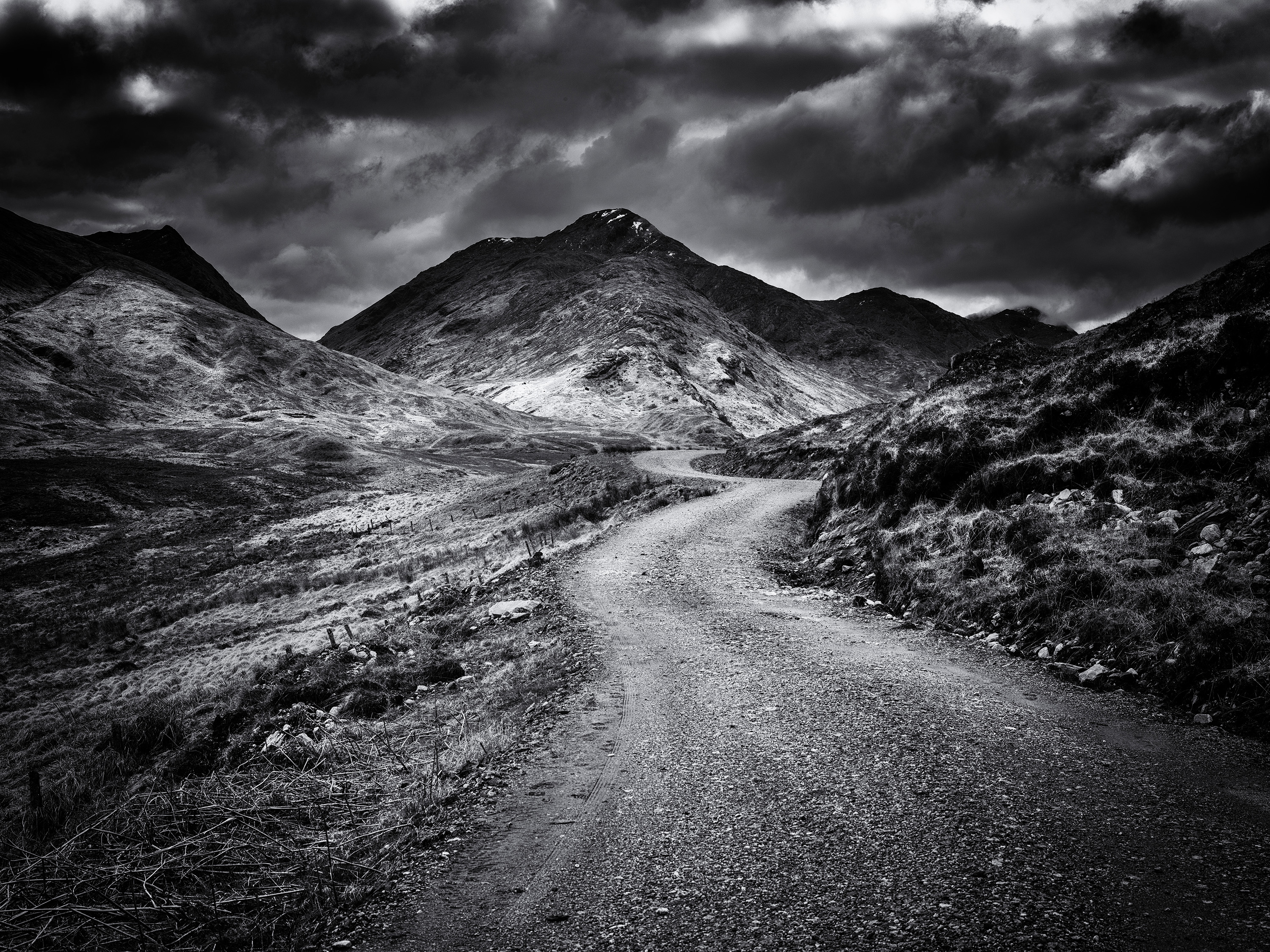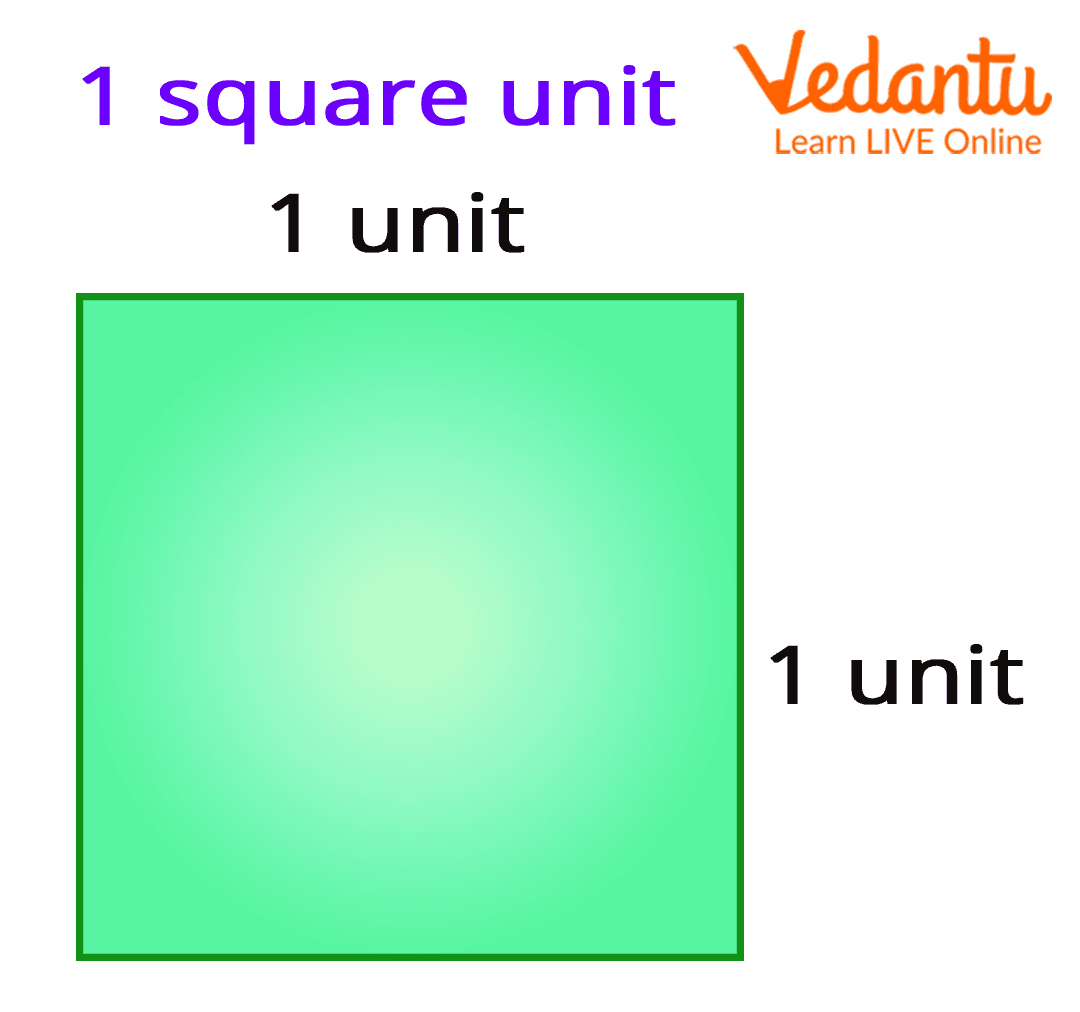Freezing the action, capturing the emotion – sports photography is a thrilling pursuit. But getting those crisp, vibrant images in the often-challenging conditions of a sporting event requires more than just a good camera. Portable camera flashes, or speedlights, become essential tools for controlling light, especially when shooting indoors or in low-light outdoor settings. However, mastering the use of speedlights in sports photography presents unique challenges. This article dives into the intricacies of using portable flashes in sports photography, exploring the obstacles you’ll likely encounter and providing practical solutions to overcome them.
Understanding the Lighting Challenges in Sports Photography
Sports photography lighting is rarely ideal. Fast-paced action, unpredictable weather, and often limited control over the ambient light are the norm. Natural light can be inconsistent, casting harsh shadows or being too diffused for optimal shots. Indoor venues, while offering better control in terms of weather, usually rely on artificial lighting that can be underwhelming or create unflattering color casts. This is where portable flashes step in to provide a crucial boost, allowing you to freeze motion, control exposure, and illuminate subjects exactly as you intend.
The Power of Speedlights: Freezing the Action

One of the primary reasons photographers use speedlights for sports is their ability to “freeze” the action. Even with a fast shutter speed, some blur can occur with fast-moving subjects. A well-placed flash provides a short burst of light, illuminating the subject and significantly reducing motion blur. This is especially crucial in sports like basketball, soccer, or track and field where subjects are constantly in motion.
Synchronization and Shutter Speed: Mastering the Basics
To effectively use speedlights, you need to understand flash synchronization. Your camera’s flash sync speed (often around 1/200th or 1/250th of a second) limits the fastest shutter speed you can use while still triggering the flash. Exceeding this speed results in only a portion of the sensor being exposed to flash, creating a “black curtain” effect. Understanding this limitation is vital for balancing ambient light and flash exposure.
High-Speed Sync (HSS): Expanding Your Creative Options
High-Speed Sync (HSS) is a game-changer for sports photography. This mode allows you to use faster shutter speeds than your camera’s flash sync speed, giving you greater control over ambient light and the ability to shoot in brighter conditions. HSS comes with a trade-off though – you’ll usually have less flash power available at higher shutter speeds. You need to balance the need for a fast shutter speed to freeze action with maintaining enough flash power to illuminate your subject sufficiently.
Bounce Flash and Diffusion: Softening the Light

Direct flash can result in harsh shadows and an unnatural look. Bounce flash, where you direct the flash towards a ceiling or wall, creates softer, more diffused light. This technique is especially useful in indoor settings. Using diffusers on your speedlights further softens the light, producing a more natural and flattering effect. Experiment with different bounce angles and diffuser types to find the best look for your shots.
Off-Camera Flash: Unleashing Creative Possibilities
Taking your flash off-camera opens up a world of creative opportunities. Using radio triggers or optical slaves allows you to position your speedlights strategically to shape the light exactly how you want. You can place a flash behind the subject for a dramatic backlighting effect, use multiple flashes for complex lighting setups, or even use them to illuminate a background effectively isolating your main subject.
Choosing the Right Speedlight: Features and Considerations
Not all speedlights are created equal. Consider these factors when choosing your speedlights: Guide number (GN), HSS capability, power options (AA batteries vs. rechargeable), and the presence of features like zoom heads and modeling lights. Guide number indicates the flash’s power – a higher GN means it can illuminate subjects farther away. HSS is vital for sports photography in bright conditions. A modeling light is extremely helpful when setting up your flash positions.
Troubleshooting Common Issues
You’ll inevitably encounter challenges using speedlights. Common issues include inconsistent flash exposure, unexpected shadows, and underpowered illumination. Troubleshooting involves checking your flash settings (power, zoom, and HSS), ensuring proper communication between the flash and camera, and adjusting your lighting position based on your background and subject.
Mastering Exposure Compensation: Fine-Tuning Your Shots

Understanding exposure compensation (EV) is critical. You’ll likely need to adjust your flash exposure to balance the ambient light and the flash output. Overpowering the ambient light can result in a washed-out background, while underpowering the flash will lead to underexposed subjects. Practice is key to mastering this.
Conclusion: Practice Makes Perfect

Mastering sports photography with portable flashes is a journey, not a destination. It takes patience, practice, and a willingness to experiment. Start by understanding the fundamentals of flash photography, then gradually introduce more advanced techniques like HSS, off-camera flash, and creative lighting setups. Don’t be afraid to make mistakes – learning from them is part of the process. With dedication and experimentation, you’ll be capturing stunning action shots in no time.








